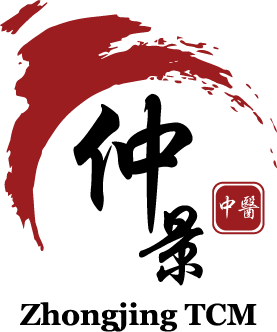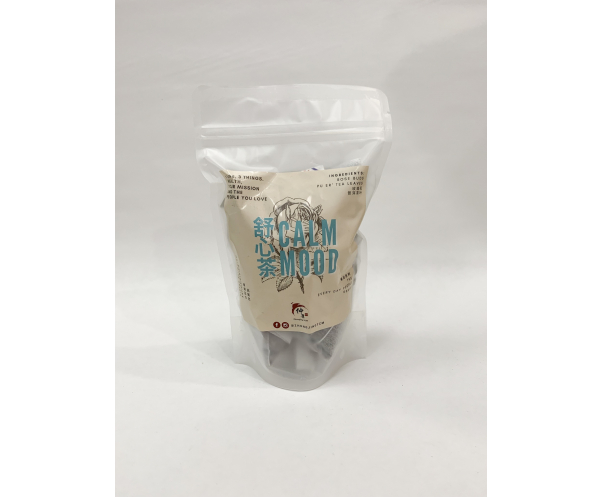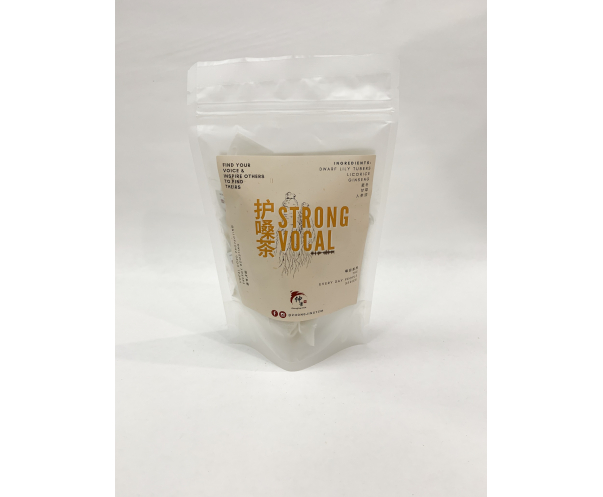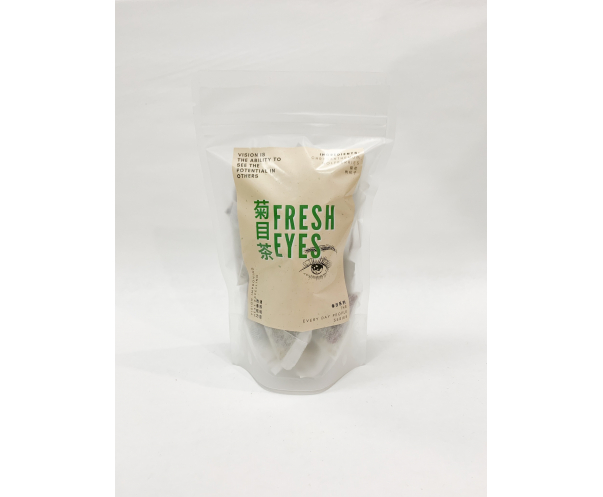Author: Physician Wee Keng Koon | July 2021 | Zhongjing TCM
A pair of crystal windows from the heart,
Displaying love, hate, sorrow and joy;
During nightfall, curtains are draped to screen the city,
Leaving you free to wander other countries.
This is a poem in praise of the eye, from Dream of the Red Chamber. Our eyes are also known as the "windows to the soul"! Having a pair of eyes with normal vision allows you to capture all the wonderful sights of the world, whether they are colourful or dark. They unobtrusively reveal our expressions of joy, anger and sadness as well. However, when the eye is exposed to many wonders of the world, it is also subjected to many diseases. Amongst them, let’s explore paediatric amblyopia today!
Lazy eye (amblyopia) is reduced vision in one eye which can't be fully corrected with eyeglasses, that can result in loss of monocular vision and poor depth perception. This will hinder their ability in driving, mapping and fine motor skills, affecting his/her personal image, mental wellness and even future job prospect.


What is amblyopia?
Most amblyopia is caused by strabismus (inward, upward or downward), refractive errors (e.g. high myopia, high hyperopia, high astigmatism, etc.), difference in sharpness of vision between the eyes, ocular tremor, deprived vision (e.g. congenital cataract, drooping eyelids, cloudy corneas) etc., resulting in the retina being unable to obtain a clear image and affecting the development of vision. In the field of special education, the term "amblyopia" is used to refer to mild but not severe visual impairment. However, these two terms have different meanings and must be used differently, whereas the current term amblyopia in the context of vision care is a medical condition.
Western Medical definition of amblyopia
Vision development of children begins shortly after birth and reaches adult standards by the age of five or six, but it does not fully stabilise until they are eight or nine. If, for any reason, the development of vision is hindered during this period, amblyopia can develop. Amblyopia is a condition in which there is no detectable physical or biochemical changes in one or both eyes, but where functional factors are predominant, resulting in a distance visual acuity of less than 0.9. It cannot be corrected completely using optical (lenses). It can also be caused by other organic illnesses such as refractive abnormalities, when the body is unable to adapt to them. Degree of amblyopia is classified by:
- Mild amblyopia (visual acuity 0.8 to 0.6)
- Moderate amblyopia (visual acuity 0.5 to 0.2)
- Severe amblyopia (visual acuity less than or equal to 0.1)
Amblyopia can occur throughout visual development, most often starting at the age of 1 to 2 years. The earlier the onset of amblyopia, the more severe it becomes.
Understanding of Amblyopia in TCM
Amblyopia is a non-organic condition of the internal and external parts of the eye in which corrected visual acuity does not present as normal. The disease has been recorded as early as in Zhu Bing Yuan Hou Lun 《诸病源候论》 by Chao Yuan Fang.
Zhu Bing Yuan Hou Lun – Xiao Er Zha Bing – Mu Qing Mang Hou 《诸病源候论– 小儿杂病– 目青盲候》 states: "When there is no obstruction to the eye, but we are unable to see any objects, this is called blindness".
In 1920, Mr. Liu Guangyao wrote in Yan Ke Jin Jin – Mang 《眼科金镜-盲》:"The initial symptoms of the disease are not painful, nor itchy nor red nor swollen, as if there are no symptoms, but only the inability to see things. Blindness can develop for a long time, but parents are unaware about it". It is categorised under dimness of vision in TCM. It is caused by a imbalance of Qi and Blood resulting in the inability of the Qi to be glorified by the eyes. The main manifestation of this disease is the loss of visual acuity and the lack of clarity in the external eye.
Ling Shu Mai Du Pian 《灵枢脉度篇》 says: "Liver Qi is connected to the eyes, and when the liver is harmonized, the eyes can discern the five colours. " It is also said that the eyes can see by receiving blood. If the liver and kidney have sufficient Qi, the eyes will be brilliantly bright; if the liver and kidney are weak, the eyes will be dim and dizziness will present. Therefore, clinical treatment often starts with liver and kidney.

What causes amblyopia?

The causes of amblyopia include:
- Strabismus, a condition where the eyes do not properly align with each other when looking at an object
- Difference in sharpness of vision between the eyes
- Visual deprivation (e.g. eye diseases such as congenital cataracts, ptosis, corneal leukoplakia)
- High refractive error (high myopia, hyperopia, astigmatism)
- Ocular tremor
Amblyopia caused by high refractive error is the most common, but amblyopia caused by strabismus, especially internal strabismus, holds the most significance. Depending on the severity, the prevalence of amblyopia ranges from 2% to 5%.
How to detect amblyopia in children
Diagnosis of problems in the vision of children is dependent on parents' careful observation. If you observe any of the following symptoms, your child may have poor vision and should be taken to an ophthalmologist for further examination.
- Unable to focus on fingers or objects that are held in front of the child's eyes.
- Light sensitivity, watery eyes, frequent blinking and occasional or chronic red eyes.
- When looking at something, it often needs to be held very close.
- In the dark, children have white or yellow reflections in their pupils.
- Often very sensitive to light or with abnormal eye movements.
- One of the eyes is occasionally or frequently turned inwards or outwards.
- Tendency to squint, look sideways, tilting of the head, slanting of the neck or looking downwards and upwards to focus.
- Often using the hand to cover their eyes when concentrating on something.
- Often reading the wrong line, and after the age of 7, writing in reverse or upside down.
- Dislikes tasks that require eye focus, or are easily restless, irritable or tense after focusing.
- Often have to close their eyes or squint for a while before looking afar.
- Frequent eye rubbing or frowning.
- Complains of headaches or nausea sometimes.
- Poor hand-eye coordination.
- Reading too close to or too far from the book or tilting the head to a particular angle.
Diagnosis of amblyopia
Amblyopia is diagnosed by having a visual acuity test and a dilated fundus examination. The most accurate and reliable test is the visual evoked potential or evoked response test.
The difference between amblyopia and myopia lies in the fact that vision corrected by accurate optometry to 1.0 is myopia, and if it cannot be corrected, it is amblyopia.
Treatment of amblyopia
How Chinese medicine treats amblyopia
In TCM, the main causes of the amblyopia are innate deficiency, lack of nourishment and abnormalities in the function of the internal organs of the patient. It may be caused by deficiency of liver Blood, deficiency of kidney Essence or weakness of the spleen Qi, resulting in the inability of Essence to reach the eyes to moisten and nourish them.
In Nei Jing 《内经》 , it is said that “the essence of the five viscera and six internal organs is directed into the eyes, and there is sight". According to the five obiculi theory of Chinese medicine, the development of the retina depends on adequacy of kidney Qi, and the strength of the macula is directly related to the transformation function of earth spleen.
In Ling Shu Huo Lun 《灵枢惑论》 , it is said that “the essence of the five organs and the six viscera are all absorbed by the spleen and transported to the eyes. Therefore, if the spleen is deficient, the transportation of essence of the five organs will be disturbed and cannot be directed to the eyes.
Treatment methods include:
- Chinese herbal medicine: Herbs which nourishes the liver and kidneys are usually chosen, to benefit the Qi and nourish the Blood, in line with the principle of "nourish when deficient".
- Acupuncture and acupressure:
|
| Jing Ming (BL1) In the depression, slightly above the inner canthus of the eye.
Cheng Qi (ST1) Below the pupil, between the eyeball and the infraorbital ridge. |
|
| Hegu (LI4) Disclaimer: This must not be used during pregnancy. This is located between the first and second palm bones. Find the midpoint of the second palm bone and press down on the fleshy area right beside it. Alternatively, place your thumb and index finger closely together and this acupoint is located right on the highest point of the fleshy part between your thumb and index finger.
|
|
| Tai Yang (EX-HN5) This is located at the temples. Use your middle finger to find the depression at both temples.
|
|
| Fu Yang (UB59) Behind the thigh, behind the external malleolus, 3 inch directly above Kun Lun (UB60).
|
- Ear acupressure therapy is used to nourish the liver and kidneys, benefiting the essence and nourishing the Blood, complemented by strengthening the spleen Qi.
This method uses massage and ear point pressure beans to stimulate the corresponding acupuncture points in the local, ear and dorsal area to regulate the internal organs, dredging meridians and promoting the upward flow of Qi, Blood and essence to the eye. In addition, stimulation and effect can be increased by leaving the pressure beans on.











